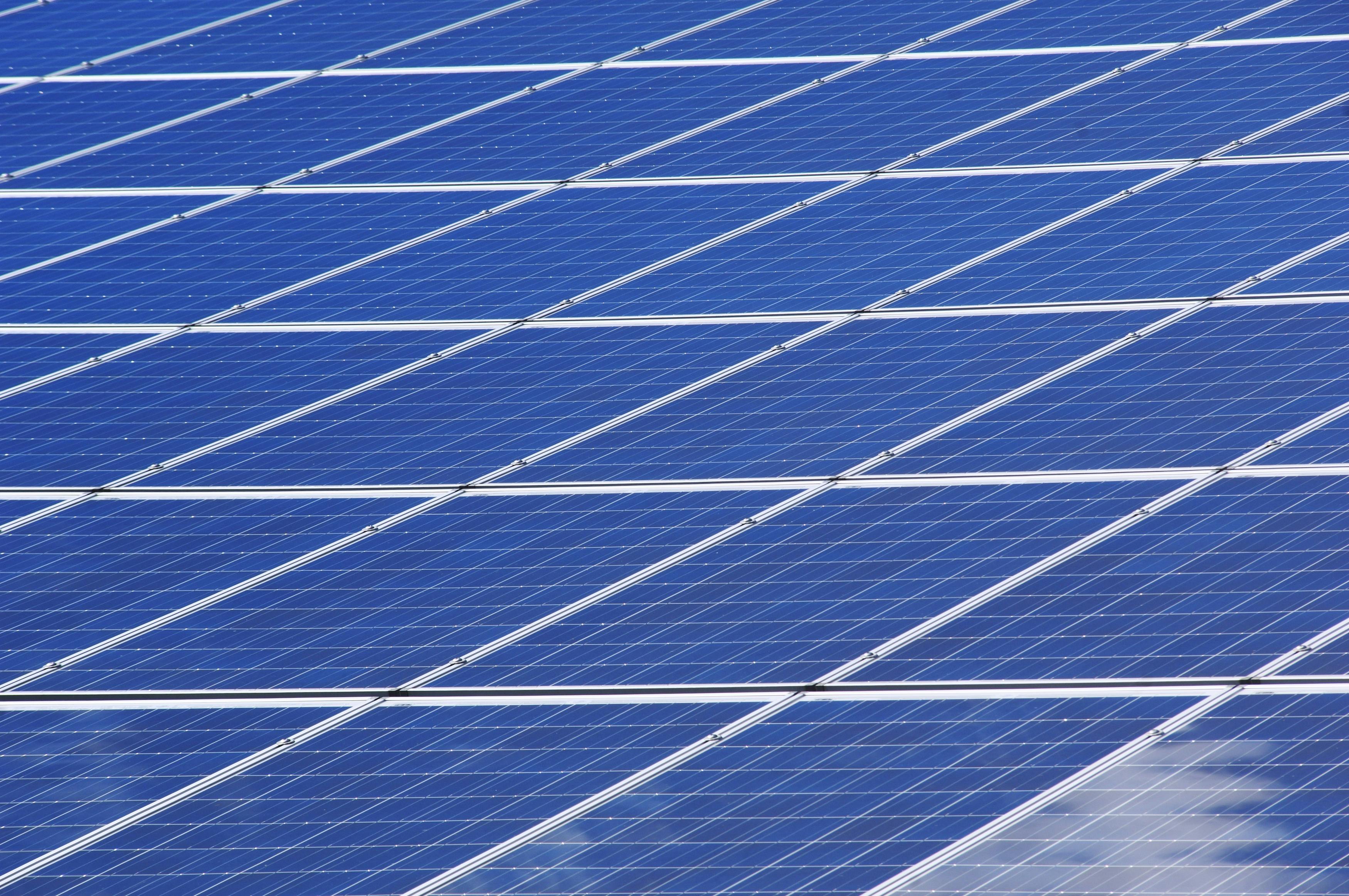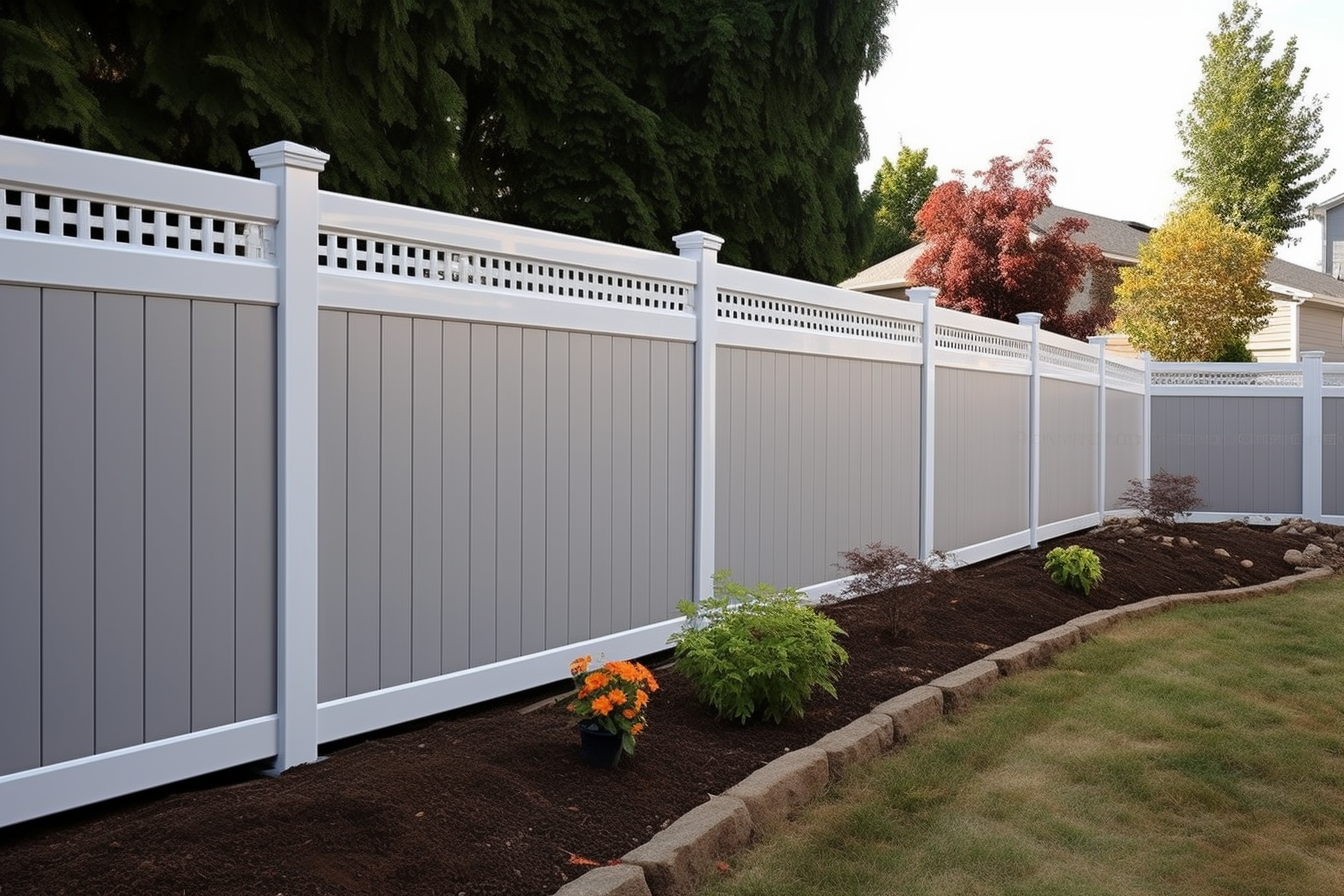Smarter Air Conditioning: What to Know Before You Upgrade Your Cooling System
As temperatures rise and energy costs soar, many homeowners are considering upgrading their cooling systems. Ductless air conditioning, also known as mini-split systems, has gained popularity for its efficiency and flexibility. Before you make the switch, it's essential to understand the latest innovations, energy-saving features, and how to choose the right system for your space. Let's explore the world of smarter air conditioning and what you need to know before upgrading your cooling system.

What are the advantages of ductless air conditioning systems?
Ductless air conditioning systems offer several benefits over traditional central air systems. These units consist of an outdoor compressor and one or more indoor air-handling units, connected by a small conduit. This design eliminates the need for extensive ductwork, making installation easier and more cost-effective, especially in older homes or additions. Ductless systems also provide zone-specific cooling, allowing you to control the temperature in individual rooms or areas of your home. This targeted approach can lead to significant energy savings and improved comfort throughout your living space.
What are the latest smart cooling features to look for?
When upgrading your cooling system, look for smart features that enhance comfort and efficiency. Many modern ductless air conditioners come equipped with Wi-Fi connectivity, allowing you to control your system remotely via smartphone apps. Some advanced models offer voice control integration with popular smart home assistants like Amazon Alexa or Google Home. Adaptive cooling technology adjusts the system’s output based on occupancy and room conditions, while some units include air purification features to improve indoor air quality. Motion sensors can detect when a room is unoccupied and automatically adjust the temperature to save energy.
How can energy-efficient air conditioning save you money?
Energy-efficient air conditioning systems can significantly reduce your cooling costs. Look for units with high Seasonal Energy Efficiency Ratio (SEER) ratings, which indicate the system’s cooling output relative to its energy consumption. The higher the SEER rating, the more efficient the system. Many ductless air conditioners boast SEER ratings of 20 or higher, compared to the 13-16 SEER ratings typical of standard central air systems. Additionally, the zoning capabilities of ductless systems allow you to cool only occupied areas, further reducing energy waste. Some energy-efficient models also feature variable-speed compressors that adjust their output to maintain consistent temperatures, resulting in lower energy consumption and improved comfort.
What size air conditioner do you need for your space and their prices?
Determining the right size air conditioner for your space is crucial for optimal performance and energy efficiency. Air conditioner capacity is measured in British Thermal Units (BTUs) per hour. As a general rule, you’ll need about 20 BTUs per square foot of living space. However, factors such as ceiling height, insulation quality, and local climate can affect this calculation. It’s best to consult with a professional HVAC technician to determine the exact size needed for your home.
Here’s a general pricing guide for ductless air conditioning systems based on capacity:
| Capacity (BTUs) | Cooling Area (sq. ft.) | Estimated Price Range |
|---|---|---|
| 9,000 | 350-400 | $2,000 - $3,000 |
| 12,000 | 450-550 | $2,500 - $3,500 |
| 18,000 | 700-1,000 | $3,000 - $4,500 |
| 24,000 | 1,000-1,400 | $3,500 - $5,500 |
| 36,000 | 1,500-2,200 | $4,500 - $7,000 |
Prices, rates, or cost estimates mentioned in this article are based on the latest available information but may change over time. Independent research is advised before making financial decisions.
How do multi-zone systems improve home climate control?
Multi-zone ductless air conditioning systems offer superior climate control by allowing you to create independent temperature zones throughout your home. These systems consist of a single outdoor unit connected to multiple indoor air handlers, each controlled separately. This setup enables you to cool only the rooms in use, adjust temperatures based on individual preferences, and account for varying heat loads in different areas of your home. For example, you can set a cooler temperature in a sun-exposed living room while maintaining a warmer setting in a naturally cooler basement. Multi-zone systems not only enhance comfort but also contribute to energy savings by eliminating the need to cool unoccupied or less-used spaces.
What are the installation and maintenance considerations for ductless systems?
While ductless air conditioning systems offer many advantages, it’s important to consider installation and maintenance factors. Professional installation is crucial to ensure proper performance and efficiency. The installation process typically involves mounting the indoor units, connecting them to the outdoor compressor, and creating a small hole in the wall for the refrigerant lines. This process is generally less invasive and time-consuming than installing traditional ductwork. Maintenance for ductless systems is relatively simple, primarily involving regular cleaning of the air filters in the indoor units and keeping the outdoor unit free from debris. However, annual professional inspections are recommended to maintain optimal performance and longevity of the system. When choosing a ductless system, factor in both the initial installation costs and long-term maintenance requirements to make an informed decision for your home’s cooling needs.
In conclusion, upgrading to a ductless air conditioning system can offer numerous benefits, including improved energy efficiency, customized climate control, and smart features for enhanced comfort. By understanding the latest technologies, sizing requirements, and installation considerations, you can make an informed decision that will keep your home cool and comfortable for years to come. Remember to consult with HVAC professionals to determine the best solution for your specific needs and to ensure proper installation and maintenance of your new cooling system.




